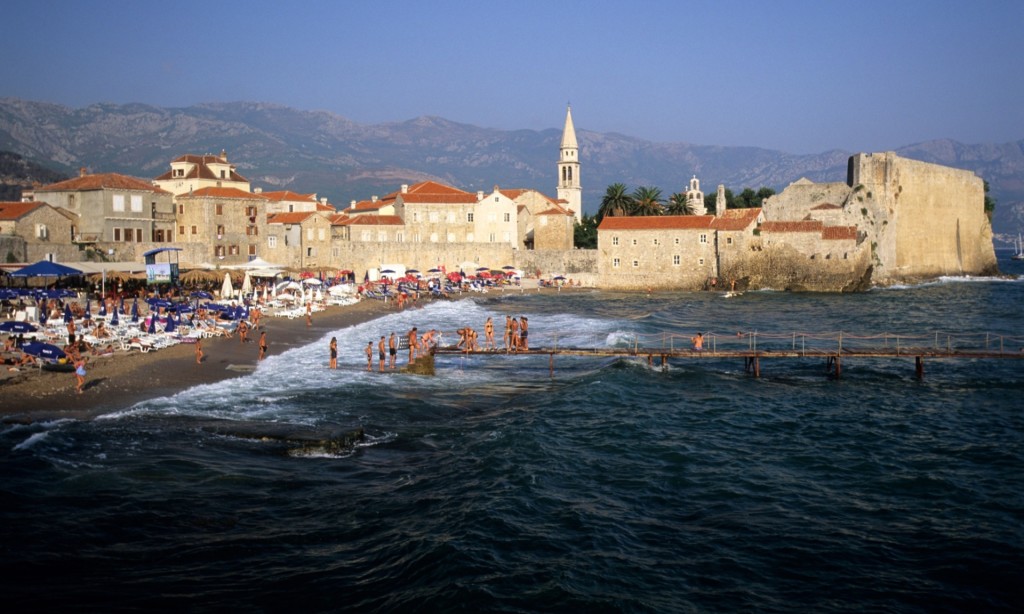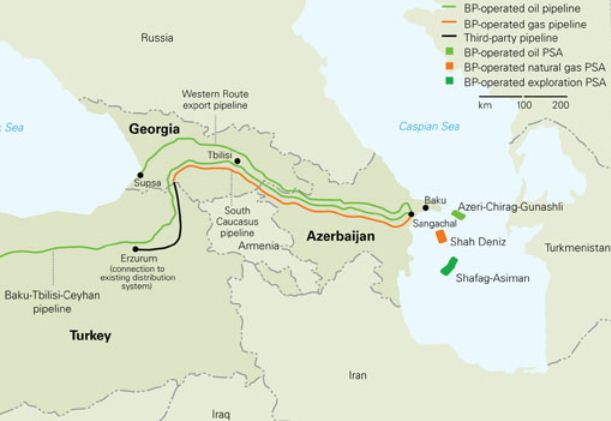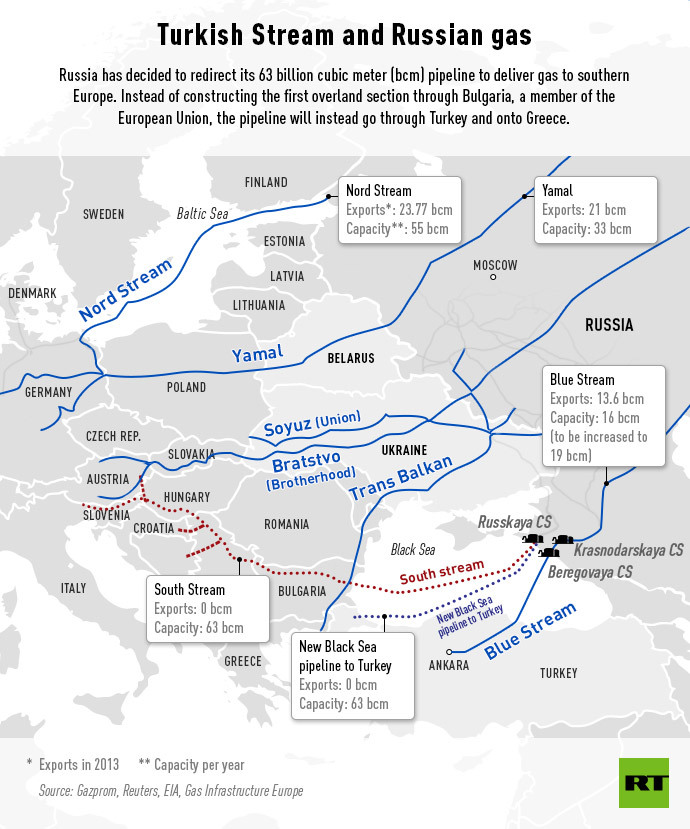Croatians ‘sleep-walking’ into destroying tourism with Adriatic energy industry
 An ancient walled city on a sparkling sea, surrounded by beaches and backed by the Dinaric Alps, Budva in Montenegro is one of dozens of Venetian-influenced towns along the Adriatic coast and the centrepiece of a tourism boom.
An ancient walled city on a sparkling sea, surrounded by beaches and backed by the Dinaric Alps, Budva in Montenegro is one of dozens of Venetian-influenced towns along the Adriatic coast and the centrepiece of a tourism boom.
Holidaymakers are drawn by Croatian islands such as Hvar, favoured by yachters, and Pag, popular with partygoers and foodies alike, as well as the famous city of Dubrovnik, known as the “Pearl of the Adriatic”. However, concerns are rising that this could all be jeopardised by the growth of the oil and gas industry.
Amid growing opposition to offshore development in one of Europe’s top travel destinations, a conference promoting Adriatic oil and gas exploration is being held in Budva on Tuesday. Government ministers, energy industry executives and financiers will discuss “key legal issues surrounding oil and gas exploration”.
The keynote speaker is Cherie Booth, wife of the former prime minister Tony Blair, in her capacity as chair of Omnia Strategy, a law firm she set up to “provide strategic counsel to governments”, including those of Gabon and Kazakhstan.
Supporters say offshore oil and gas in the Adriatic could help Europe reduce its reliance on Russian energy imports. Opponents warn that exploration will damage tourism and could have grave environmental consequences. Under mounting pressure, the prime minister of neighbouring Croatia, Zoran Milanović, has proposed a referendum on exploration.
Paul Bradbury, who runs tourism websites from Hvar, said “Oil and gas is tourism suicide. Croatians are sleep-walking into this irreversible path without a proper public-awareness campaign. Hvar is the sunniest island in Europe, but it is also reliant on its pristine seas.”
Croatia, the EU’s newest member, launched its first tender for offshore oil and gas blocks last year. This was beginning of a process that it hopes will bring in $2.5bn (£1.7bn) of investment over five years to an economy that has barely grown since 2008.
The tender applied to an area of 14,000 sq miles (36,823 sq km) from the Istrian peninsula – billed as “the new Tuscany” – to near the mouth of Montenegro’s Bay of Kotor, a mountain-fringed gulf dotted with attractive limestone villages.
The first licences are due to be awarded next month, with the remaining blocks going to a second tender in September.
Montenegro has held a similar tender for offshore oil and gas exploration blocks covering 1,200 sq miles, and announced in February that it had started initial negotiations with bidders. To the south, Albania has been undertaking seismic studies of offshore resources, and companies including Shell are already active onshore.
Critics say that the benefits of oil and gas development are outweighed by the potential risks to the environment and the tourism sector. Exploration would be allowed up to about six miles (10km) from the mainland and four miles from the islands.
“This is contradictory to 20 years of work on the tourism industry and could kill Croatia’s whole brand,” said Tanja Gutenmorgen, a member of the Clean Adriatic Sea Alliance (CASA), an anti-drilling activist group, and the owner of a high-end tourism business.
“People come because of pristine untouched nature. Nobody wants to bathe in a sea where they see oil rigs, platforms, tankers and pipelines, or see the onshore infrastructure. We all have villas and apartments that we offer to tourists for the view of the sea. This is like putting an elephant in a tiny shop full of filigree. We will fight it until our last breath.”
Vjeran Piršić, a local councillor on the island of Krk and head of an environmental organisation, told the Guardian that he feared an oil spill worse than the Deepwater Horizon disaster in the Gulf of Mexico in 2010. He and CASA claim that currents in the Adriatic mean a spill off the eastern shore would be pushed northwards towards Venice, permanently damaging the pebbly beaches along the coastline.
Piršić said: “This is a question of human life, and also the economy, which is dependent on tourism and fishing. Local communities are now mobilising.”
CASA, which advocates replacing fossil fuels with renewable energy, says oil extraction could earn Croatia as little as $400m, a figure dwarfed by annual tourism revenues, which reached $9.5bn last year from 11 million holidaymakers, according to the UN World Tourism Organisation. This claim is strongly rebutted by the Croatian Hydrocarbons Agency, which says its conservative estimate of oil and gas revenues is $1bn a year.
Croatia’s tourism industry was devastated by the country’s 1991-95 war, but has been painstakingly rebuilt over the past two decades. Visitor numbers only returned to pre-war levels in 2012. Montenegro has one of the world’s fastest-growing tourism sectors, according to the World Tourism and Travel Council, and is increasingly popular with Europe’s glitterati and Russians buying second homes.
The billionare financier Nat Rothschild held his 40th birthday in Porto Montenegro, a glitzy resort on the Bay of Kotor in which he is an investor, with guests including Peter Mandelson and Roman Abramovich.
Barbara Dorić, the head of the Croatian Hydrocarbons Agency, which is running the exploration tenders, told the Guardian that tourism in Croatia had co-existed with the oil and gas sectors in Croatia for 40 years, and Italy had more than 140 gas platforms and oil rigs in its Adriatic waters. She added that environmental protection standards had to meet stringent EU directives.
Dorić said: “We insisted on the strictest criteria for the preservation of the environment. Tourism is the most important industry in our country, which cannot and will not be endangered with this project.”
Sources close to the process insisted that few oil rigs would be visible from the coast, and gas fields were attracting more attention.
Some in the tourism sector are less pessimistic than CASA about hydrocarbons development. Tihomir Nikolas, head of a major tourist association, said he was not opposed to new explorations but wanted more thorough consultation, monitoring and management.
“Certainly, we are concerned about any potential risk of contamination in the Adriatic,” said Boris Šuljić, owner of a boutique hotel on Pag. “But all indications are that there will in fact be gas exploration in the Adriatic, which is less risky then oil exploration. We believe that the highest standards of environmental protection will be applied.
“The Adriatic is one of the cleanest and most beautiful seas in the world and I am sure that our government and citizens will make the best decisions in order for it to remain that way.”
Despite this, Milanović – who faces a re-election battle this year – appeared to back down last week in the face of mounting opposition to exploration, calling for a referendum “to see if we want to exploit minerals and raw materials”.
Luka Orešković, co-chair of the Emerging Europe business and government group at Harvard University, and a Zagreb political insider, said: “Milanović sees quick benefits of a populist measure particularly for parts of the electorate that rely on tourism for their livelihood.
“The opposition to the oil and gas process is extremely insubstantial in terms of actual arguments, but two years after the tenders were announced, it’s become a key issue. If it goes to a referendum, it’s a question of how it is phrased, but it could be the end, as popular sentiment has turned very much against.”
Meanwhile, Booth’s role is coming under scrutiny. In a statement issued to the Guardian on Friday, CASA said it could not “comment on what relevance the former prime minister’s wife role as an advocate and lobbyist might mean to the Adriatic”.
But it added: “We suspect, based upon her previous actions, it won’t be in the common interest of the population, the natural heritage, fisheries or tourism industries.”
Asked by the Guardian if Booth was aware of the growing controversy over Adriatic oil exploration, Omnia Strategy said in a statement: “Mrs Blair will stress the importance of implementing international best practices to efficiently address key social and environment challenges.”


 BAKU, March 9
BAKU, March 9